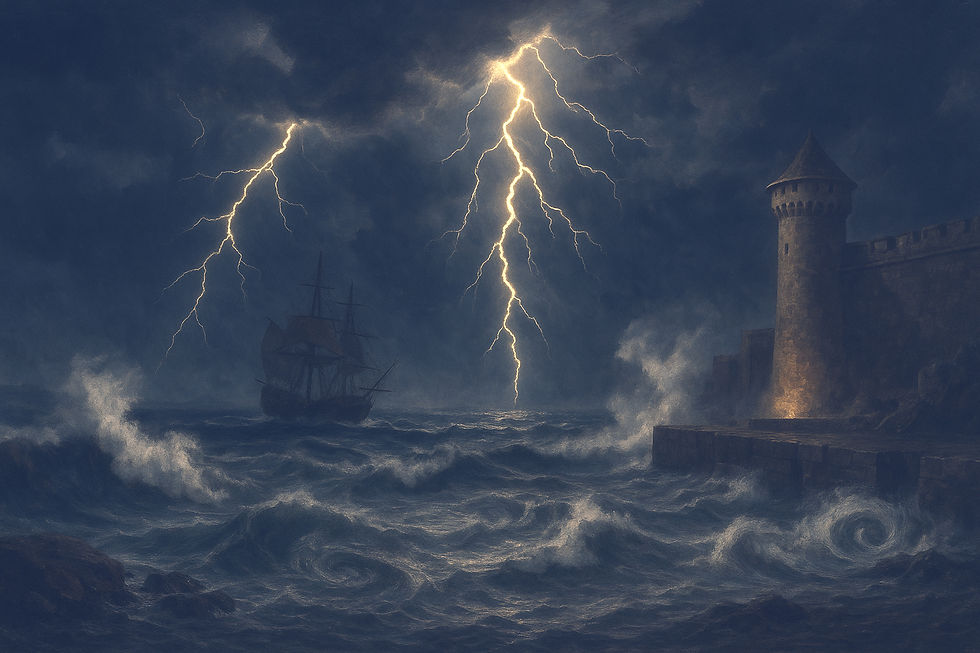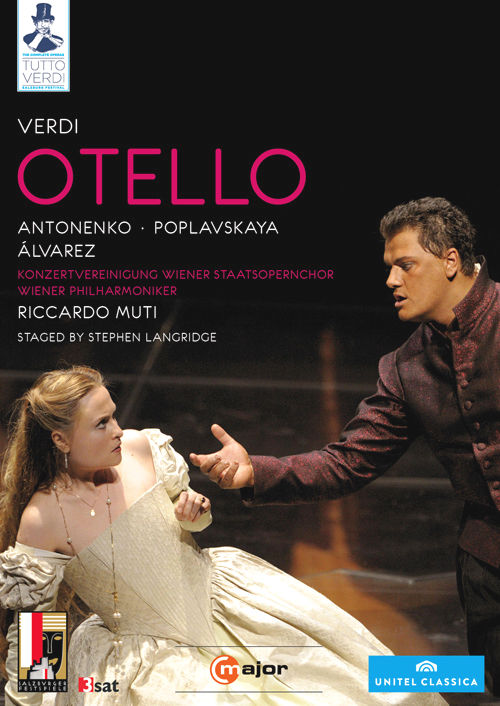Lightning! Thunder! Whirlpools! Hearing Through Verdi’s Hypnotic Chorus
- Dr. Mehmet Emir YILDIZ

- Jun 27
- 3 min read

In Verdi’s Otello, music becomes a painter’s brush, turning roaring thunder and flashing lightning into vivid images we can almost see with our ears. All you need to do is surrender yourself to this hypnotic opening scene!
Giuseppe Verdi’s Otello (1887), one of his late-period masterpieces, stands at the pinnacle of operatic history not only for its depth of characterization but also for its powerful musical narration.
Verdi’s Otello, adapted into Italian opera by Arrigo Boito from Shakespeare’s work, possesses a dramatic structure so compelling that from the very first scene, it immerses the audience in a stormy atmosphere.
The Chorus as Dramatic Force in Verdi’s Otello
The action takes place at the end of the 15th century in a port on the island of Cyprus. A violent storm has erupted; lightning flashes, thunder roars. The opera opens immediately with a spectacular storm scene. From the very first moment, the orchestra vividly depicts the fury of the storm using the full resources of the instruments while the chorus of people gathered in the port of Cyprus enters the scene.
At the heart of this atmosphere lies the cry of the chorus, waiting for a savior to emerge from the dark waters of the Mediterranean. On this stormy night, the watchmen spot a sail on the sea:
Una vela! Una vela!
A sail! A sail!
The ship of the Venetian general Otello, returning to the port of Cyprus after an engagement with the Ottoman fleet, battles the stormy seas. While his ship struggles through the tempest, the people watch anxiously from the shore, praying for Otello’s safe return.
In this scene, the chorus becomes a living character—waiting anxiously, crying out with joy, falling silent in fear. In Otello, the chorus is not merely decorative; it is a fundamental pillar of the dramatic structure. The scene that begins with “Una vela!” unfolds like a painting.
The opening musical chords vividly portray nature’s wrath: the palpable physical presence of a devastating hurricane, accompanied by violent flashes of lightning and the savage, destructive roar of thunder.
The accelerating tempo, rhythmic intensity, and orchestration reflect Verdi’s mastery in shaping dramatic rhythm. The chorus swells and recedes like the waves of the sea. Accompanied by flutes, strings, and timpani, the inner tension of the audience steadily builds. In this sense, the “Una vela!” scene offers not only an auditory experience but also a visual and sensory one.
Eventually, the ship enters the harbor. Otello briefly announces to the people his victory in battle against the Ottoman fleet. Amid the shouts of “Long live” from the crowd, he rushes to the palace where Desdemona, who has been anxiously waiting for him, is longing for his return. The storm subsides.
The first act of the Otello opera, whose libretto was crafted by Arrigo Boito—a powerful composer-poet—is regarded as a true monument in the world of music literature. The chorus depicting the raging storm, upon completing its dramatic flow, transforms into a gentle ensemble.

Recommended Recording: 2008 Salzburg Festival - Verdi's Otello
• Orchestra: Wiener Philharmoniker
• Conductor: Riccardo Muti
Main Roles and Cast
• Otello (Tenor): Aleksandrs Antonenko
• Desdemona (Soprano): Marina Poplavskaya
• Iago (Baritone): Carlos Álvarez
• Cassio (Tenor): Stephen Costello
• Emilia (Mezzo-soprano): Barbara Di Castri
• Lodovico (Bass): Stephen Milling
Stage Director: Stephen Langridge



